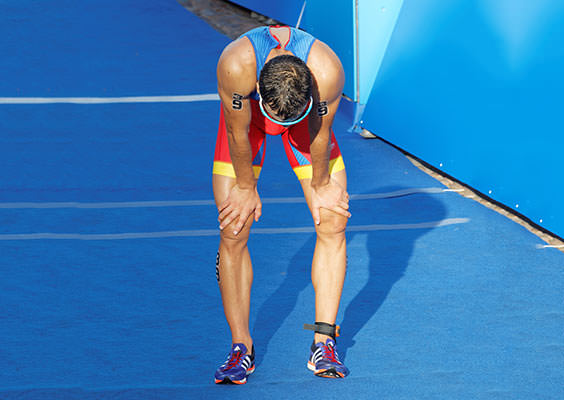Long distance running is becoming more and more popular. Close to two million people every year drag themselves across the finish lines. And that’s just in half marathon races. Runners in these 13.1 mile events have increased six-fold over the past 25 years.
All these amateur athletes think they’re getting really healthy as they work themselves up to full marathons. But the truth is they are cutting years off their life.
You can see it for yourself if you stand at the finish line of any race. The hardcore runners look terrible. They look gaunt and malnourished. They are hunched over and have a stiff awkward gait. Their complexions are gray and dull. In short, they look really old.
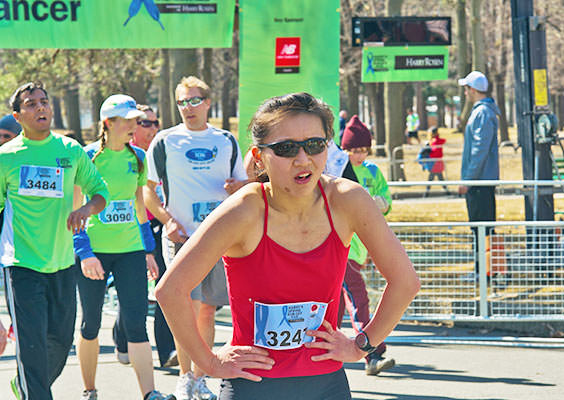
In a minute I’ll show you a quick routine that actually reverses that look of aging. But first I want you to see how a marathon habit can add years to your biological age.
Effects On The Body
Long distance running puts stress on your entire body. Your bones and joints suffer from the continuous impact. Your heart and lungs shrink and lose their reserve capacity. Extended endurance training sends your body the signal to store fat.
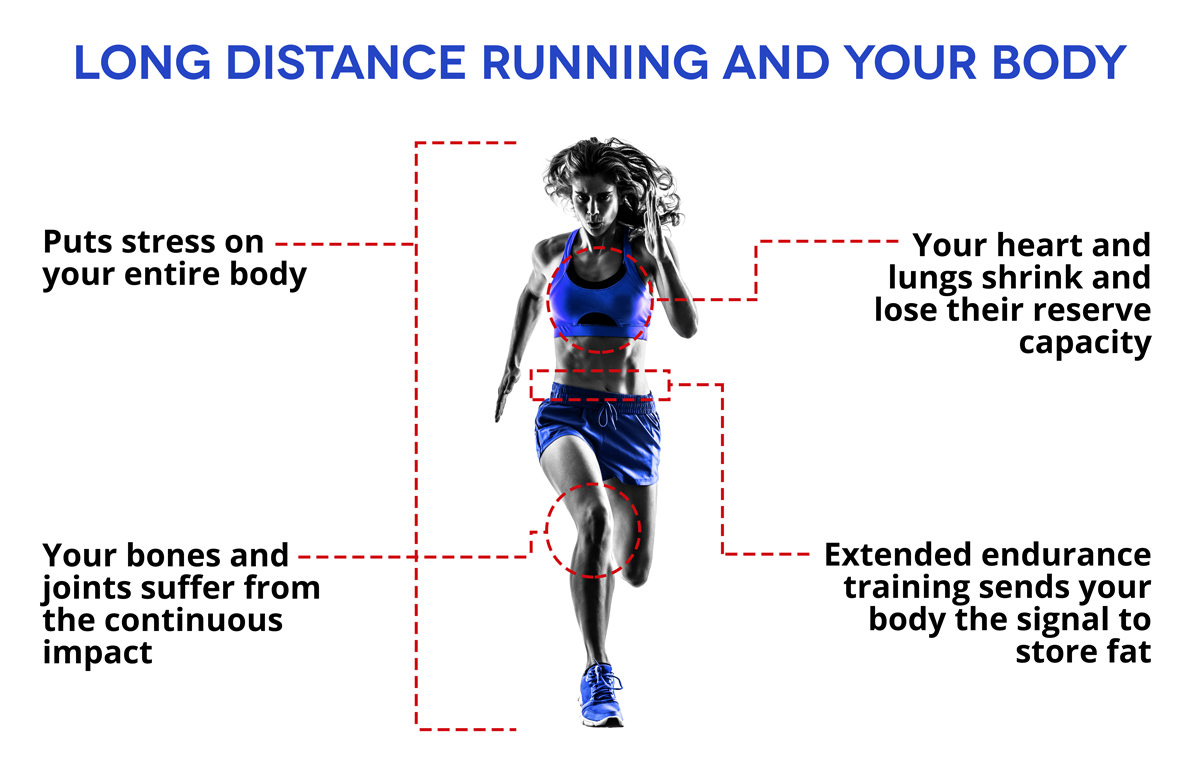
All of that makes you look and feel old. It can even set you up for a heart attack and early death.1
Twenty years ago, I provided emergency care for marathon races. I’ve seen thin, young runners collapse with dangerously irregular heartbeats. And most marathon events are marred by reports of not one but several deaths among the runners.
A study of marathon runners in the Boston area showed they have high risks for hardening of the arteries, heart attack, and sudden cardiac death.
In one Harvard study, doctors drew blood from 80 middle-aged male runners before and after the Boston Marathon. None of
the men had any history or heart disease. But one day after the race, they exhibited early signs of cardiac damage similar to the symptoms that appear during a heart attack.Why Is Long Distance Running Bad For You
Endurance exercise doesn’t just weaken your heart; it mimics the effects of stress, poor diet, and aging. But short, intense interval training like my PACE program has the opposite effects.
The Key To Exercise
In the Harvard Health Professionals Study researchers followed more than 7,000 people. They found that the key to exercise is not length or endurance. It’s intensity. The more energy a person exerted during exercise, the lower their risk of heart disease.2 In another study, intensity turned out to be the key to longevity and reduced risk of death.3
In fact, studies show that PACE-style workouts slow down your aging clock, boost your energy, and help you heal and repair injuries and disease more quickly.
Benefits Of Intense Interval Training
- Anti-Aging Benefits
- Energy Production
- Boost Stem Cells
In a study of 2,400 twins, researchers found that people who did PACE-like exercise had longer telomeres than those who did no exercise or got too much exercise. In fact, their telomeres looked a full 9 years younger.4

You know by now that telomeres are the protective caps at the end of each strand of your DNA. The longer your telomeres, the younger your cells act.
PACE also ramps up your energy. You see, short bursts of intense work spark the tiny “power plants” or mitochondria inside each of your cells.
When you’re young you have lots of these generators. But your supply drops off as you age. The key to staying young is creating MORE mitochondria to produce more energy.
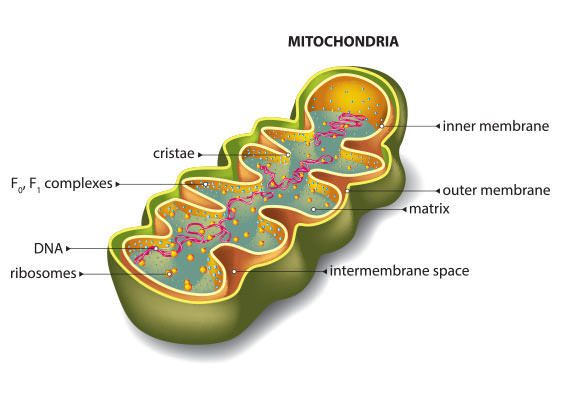
Swedish researchers studied what happens in muscle cells during bouts of short, high-intensity exercise.5 They asked a group of people to perform 30 seconds of maximum exertion cycling followed by a brief period of rest. Repeating this just six times triggered the generation of healthy new mitochondria in ALL of the subjects.
PACE also boosts your supply of stem cells. Your body uses these healthy master cells to regenerate damaged tissue in any organ from your brain to your heart to your liver.

Your reserve of stem cells drops as you age but the right kind of exercise can replenish your supply. A recent study in the European Heart Journal showed that vigorous exercise in mice activated 60% of their cardiac stem cells. After just two weeks of exercise the mice had a seven percent increase in their cardiomyocytes, the “beating” cells in heart tissue.6
It works for humans, too. In another study, a simple exercise program made dormant stem cells in the heart leap into action. And amazingly, these new stem cells could help remodel the heart in a group of heart failure patients.7
Other studies show strenuous exercise can lead to high levels of stem cells in bone, liver, and other organs. These stem cells can morph into exactly the kind of cells your body needs. They have been shown to help heal heart attacks, stroke, skin burns, and nerve damage from toxins. They also prevent infections and repair muscle and tissue damage.
Best Anti-Aging Workouts
I designed PACE to focus on all these age-reversing strategies. It lengthens telomeres… multiplies mitochondria… and restores stem cells.
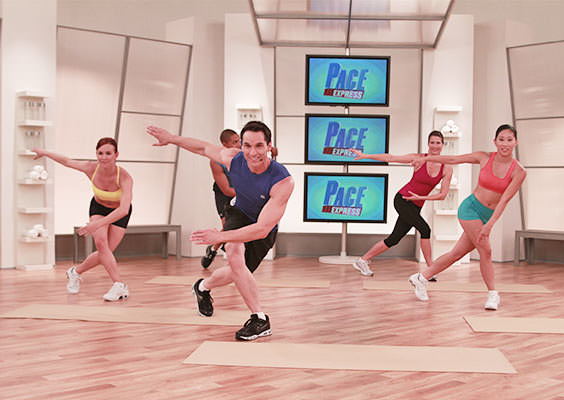
The best way to achieve these high intensity workouts is to break the activity into short bursts. You can use any activity that will give your heart a bit of a challenge. My favorites are swimming, biking and elliptical machines.
Whatever you choose, just remember that the quality of your workout beats the quantity of time you spend doing it.
If you have your heart set on running, why not try short sprints instead? Brief sprints increase your lung volume, strengthens your heart, and get you in great shape. Try out this PACE Power workout and you’ll see results in just minutes a day.
|
|
Exertion |
Recovery |
|
Set 1 |
10-yard sprint |
X |
|
Set 2 |
15-yard sprint |
X |
|
Set 3 |
20-yard sprint |
X |
|
Set 4 |
25-yard sprint |
X |
|
Set 5 |
30-yard sprint |
X |
Notice those “X’s”? You haven’t seen that before.
I’ve left recovery times up to you on purpose with this workout. It’s up to you to decide how long to rest, based on your awareness of your body’s limits.
If you find your body “peters out” somewhere short of 5 sets — or if you decide you want to shorten (or lengthen) the distance with each exertion period — go right ahead.
Just keep applying the principles of progressively accelerating exertion, and you’ll be doing PACE, regardless of the numbers.
To Your Good Health,
![]()
Al Sears, MD, CNS
1. Willdorf N. “Run for Your Life?” The Boston Phoenix, Apr 11 – 18, 2002
2. Lee I, et al. Relative intensity of physical activity and risk of coronary heart disease. Circulation. 2003;107(8):1110-6.
3. Lee I, et al. “Exercise intensity and longevity in men. The Harvard Alumni Health Study.” JAMA. 1995 Apr 19;273(15):1179-84.
4. Cherkas LF, Hunkin JL, Kato BS, et al. “The association between physical activity in leisure time and leukocyte telomere length.” Arch Intern Med. 2008;168(2):154-8.
5. Larsen FJ, Schiffer TA, Ørtenblad N, et al. “High-intensity sprint training inhibits mitochondrial respiration through aconitase inactivation.” FASEB J. 2015 Oct 9. pii: fj.15-276857.
6. Valero MC, Huntsman HD, Liu J, Zou K, Boppart MD, “Eccentric Exercise Facilitates Mesenchymal Stem Cell Appearance in Skeletal Muscle.” PLoS ONE 7(1): e29760.
7. Støylen A, Conraads V, Halle M, Linke A, Presott E, Ellingsen Ø. (2012) “Controlled study of myocardial recovery after interval training in heart failure: SMARTEX-HF—rationale and design.” Eur J Prev Cardiol.
8. F. Macaluso, K. H. Myburgh. “Current evidence that exercise can increase the number of adult stem cells.” Journal of Muscle Research and Cell Motility 2012, Volume 33, Issue 3-4, pp 187-198.

